1. Understanding Teak Furniture
Teak furniture holds a unique allure with its durability and timeless elegance. Originating from Southeast Asia, teak wood is celebrated for its natural oils and dense grain, making it resistant to rot, pests, and weathering. However, exposure to elements and neglect can diminish its luster over time. Understanding the characteristics of teak is crucial before embarking on the journey of restoration.
2. Assessing the Condition
Before diving into restoration, assess the condition of the teak furniture. Look for signs of wear, such as cracks, stains, or discoloration. Check for loose joints or hardware. Understanding the extent of damage will guide your restoration approach. Minor issues may only require cleaning and refinishing, while more severe damage might necessitate repairs or professional intervention.
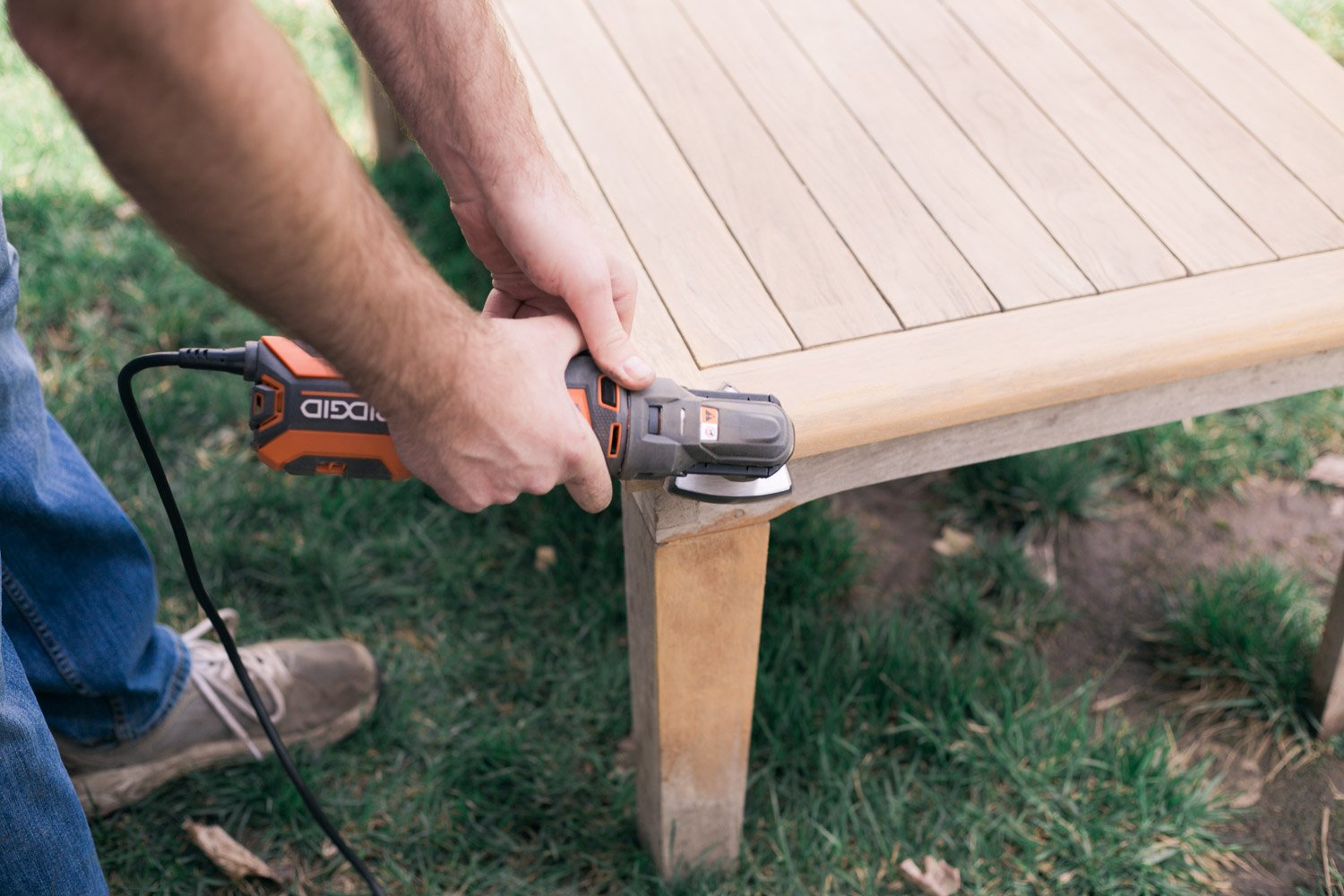
3. Cleaning Teak Furniture
Cleaning is the first step in restoring teak furniture. Start by removing any debris or cobwebs using a soft-bristle brush or vacuum cleaner. For stubborn dirt or grime, a solution of mild soap and water can be used with a soft cloth or brush. Avoid harsh chemicals or pressure washers, as they can damage the wood. Once cleaned, rinse thoroughly and allow the furniture to dry completely before proceeding.
4. Sanding and Refinishing
Sanding is essential for removing surface imperfections and restoring the smooth texture of teak furniture. Begin with a coarse-grit sandpaper to eliminate any rough patches or stubborn stains, then progress to finer grits for a polished finish. Take care not to oversand, as teak wood is thin and can be easily damaged. After sanding, apply teak oil or a specialized teak sealer to protect the wood and enhance its natural color.
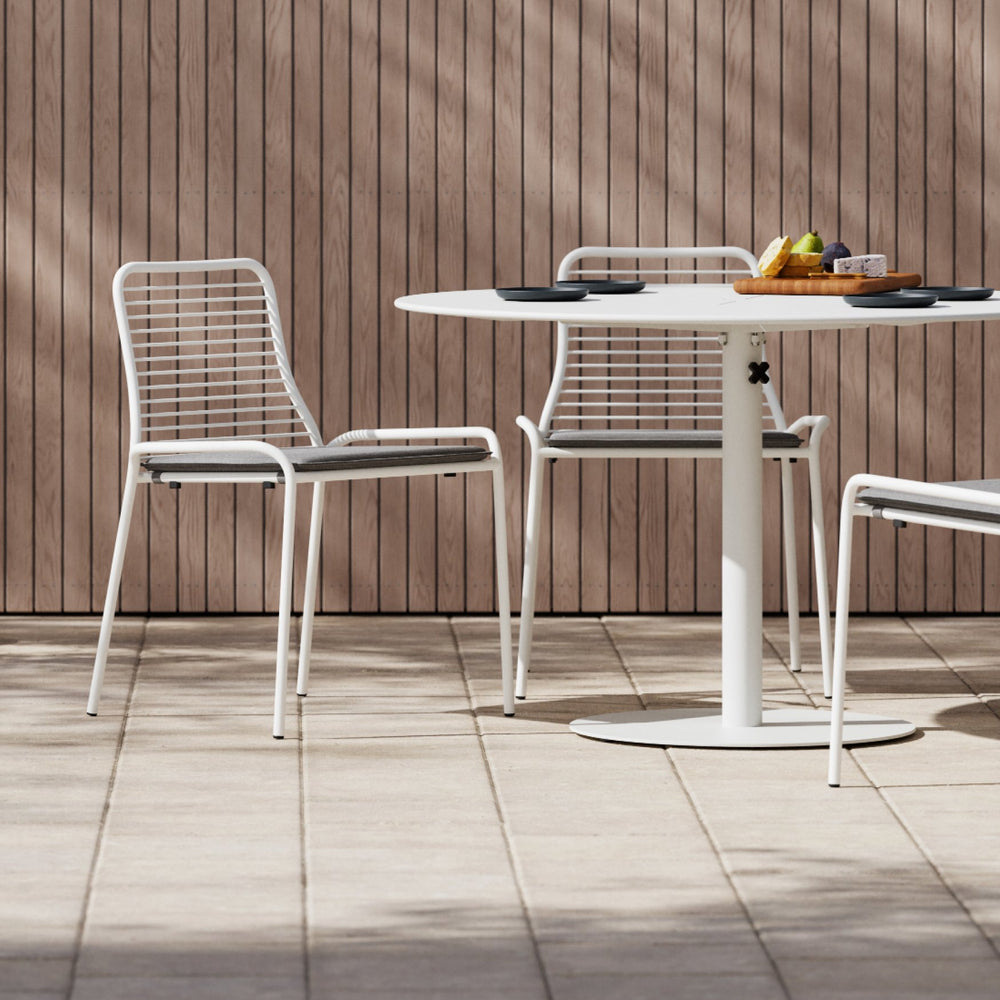
5. Repairing Damages
For teak furniture with more significant damage, such as cracks or splits, repairs may be necessary. Fill any cracks or gaps with a teak wood filler, ensuring it matches the color of the surrounding wood. Sand the repaired areas gently to blend them seamlessly with the rest of the furniture. For loose joints or hardware, tighten screws or bolts and replace any damaged components as needed.
6. Restoring the Finish
The finish plays a crucial role in enhancing the beauty of teak furniture and protecting it from environmental damage. Whether you prefer a natural look or a glossy finish, there are various options to explore. Teak oil offers a deep, rich appearance while penetrating the wood to provide long-lasting protection. Varnishes and sealants provide a glossy finish and extra durability. Choose a finish that complements your aesthetic preferences and maintenance requirements.
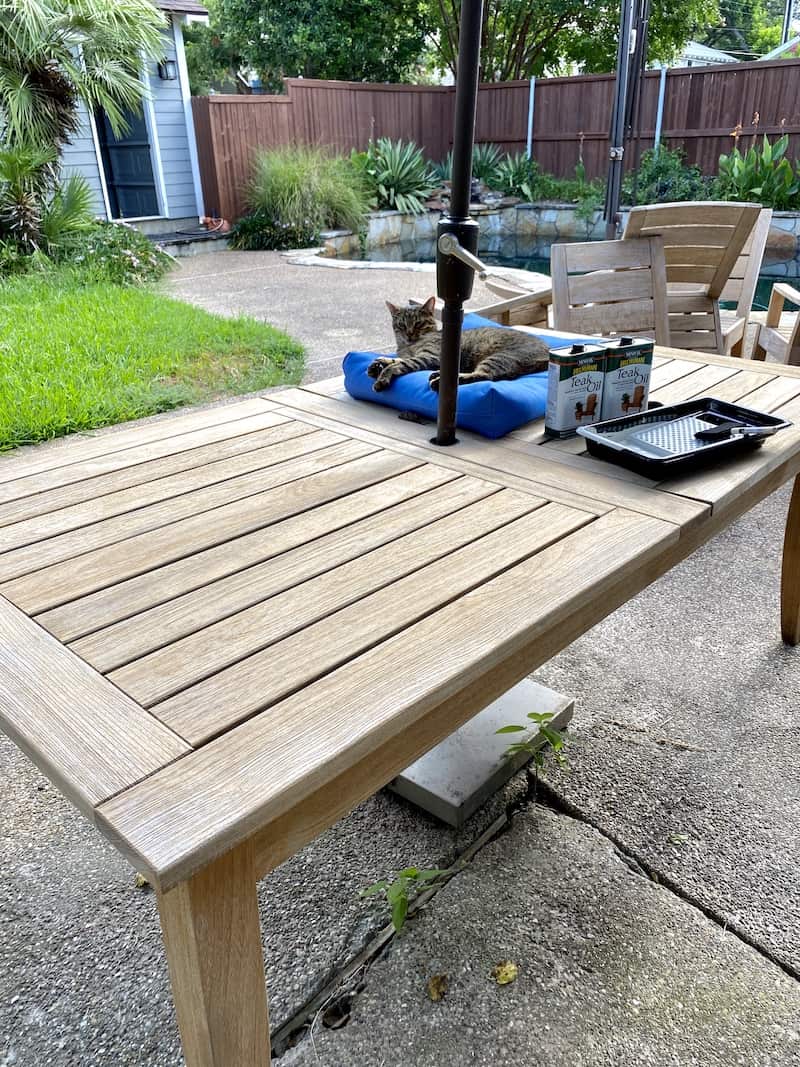
7. Maintenance Tips for Longevity
Once restored, proper maintenance is key to preserving the beauty of teak furniture for years to come. Regular cleaning with a gentle soap solution and periodic applications of teak oil or sealant will help maintain its appearance and prevent deterioration. Additionally, avoid placing teak furniture directly in sunlight or harsh weather conditions, as prolonged exposure can cause fading and drying. With proper care, your restored teak furniture will continue to radiate timeless elegance for generations to come.
8. Embracing Natural Patina
Over time, teak furniture develops a unique patina that adds to its charm and character. Embracing this natural aging process can enhance the beauty of the wood and lend a sense of history to your furniture. While restoration efforts can revitalize the appearance of teak, allowing it to develop a patina over time adds depth and warmth to its aesthetic appeal.
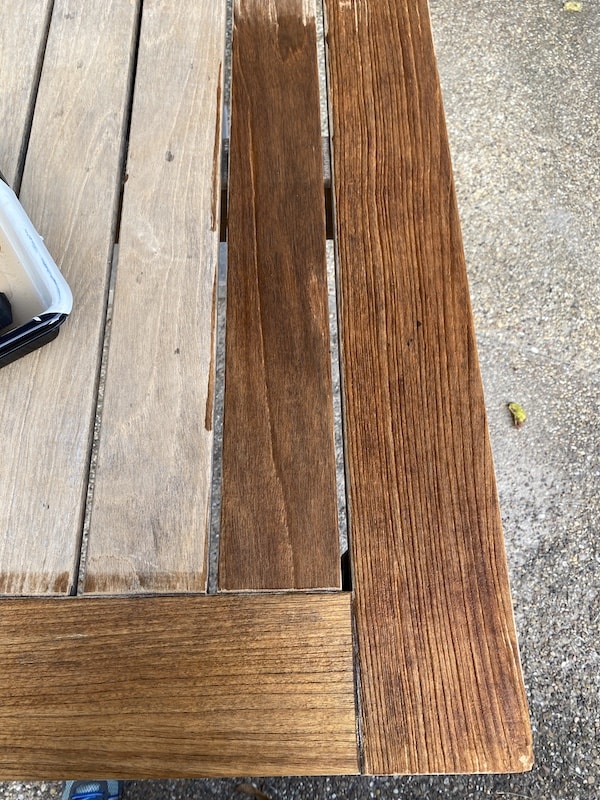
9. Protecting Teak Furniture
In addition to regular maintenance, taking proactive measures to protect teak furniture can prolong its lifespan and maintain its pristine condition. Consider using furniture covers or storing pieces indoors during inclement weather to shield them from moisture and sunlight. Avoid placing hot objects directly on the wood surface to prevent heat damage. By implementing these protective measures, you can safeguard your investment and enjoy your teak furniture for years to come.
10. Seeking Professional Assistance
For complex restoration projects or valuable antique pieces, seeking professional assistance may be advisable. Furniture restoration experts possess the expertise and tools necessary to address intricate damage and ensure optimal results. Whether it involves repairing intricate carvings, refinishing delicate surfaces, or preserving historical integrity, entrusting your teak furniture to skilled professionals can yield superior outcomes and preserve its heritage value.
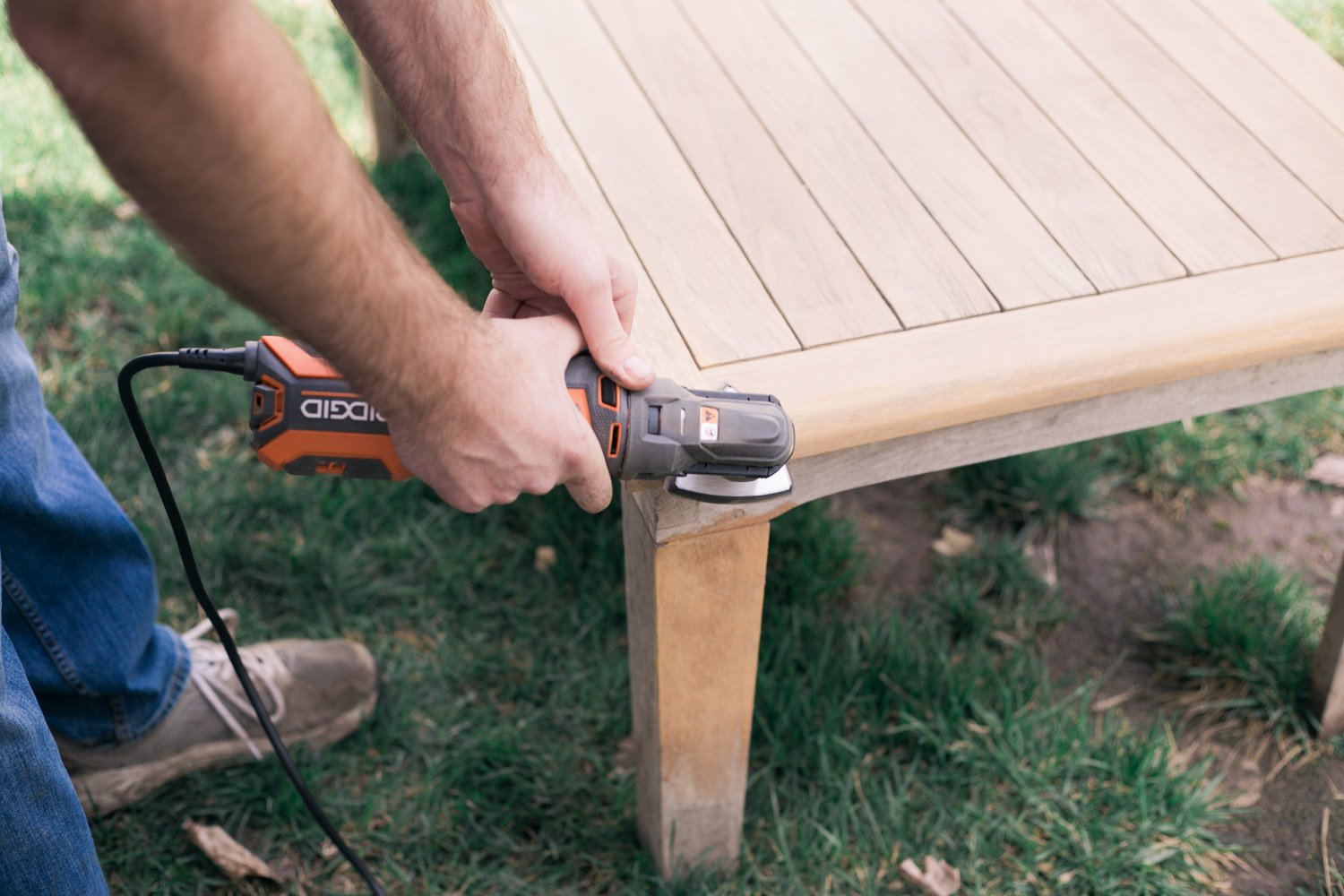
11. Incorporating Sustainable Practices
In the process of restoring teak furniture, consider incorporating sustainable practices to minimize environmental impact. Opt for eco-friendly cleaning products and finishes that are biodegradable and non-toxic. Additionally, explore ways to repurpose or upcycle old teak furniture components into new creations, reducing waste and promoting resource conservation. By adopting sustainable practices, you can enjoy the beauty of teak furniture while minimizing ecological footprint.
12. Showcasing Teak Furniture Indoors
While teak furniture is renowned for its outdoor durability, it also makes a striking addition to interior spaces. Incorporate teak pieces into your home decor to infuse warmth, texture, and sophistication into your living environment. Whether it’s a sleek teak dining table, a vintage sideboard, or a cozy teak rocking chair, integrating these timeless furnishings can elevate the aesthetic appeal of any room.
13. Preserving Heritage and Craftsmanship
Teak furniture embodies a rich heritage of craftsmanship and artisanal skill passed down through generations. By restoring and preserving these timeless pieces, we honor the legacy of skilled craftsmen and celebrate the enduring beauty of teak wood. Whether it’s a family heirloom or a vintage find, each piece of teak furniture carries a story waiting to be rediscovered and cherished for years to come.
In conclusion, restoring teak furniture allows you to rediscover its inherent beauty and prolong its lifespan. By understanding the characteristics of teak, assessing the condition, and employing appropriate cleaning and restoration techniques, you can breathe new life into old pieces and enjoy their timeless elegance for years to come. In summary, restoring teak furniture involves more than just refurbishing its appearance; it’s about honoring its heritage, embracing its natural beauty, and ensuring its longevity for future generations to enjoy. By following these tips and techniques, you can embark on a rewarding journey of rediscovery and breathe new life into your treasured teak pieces.









